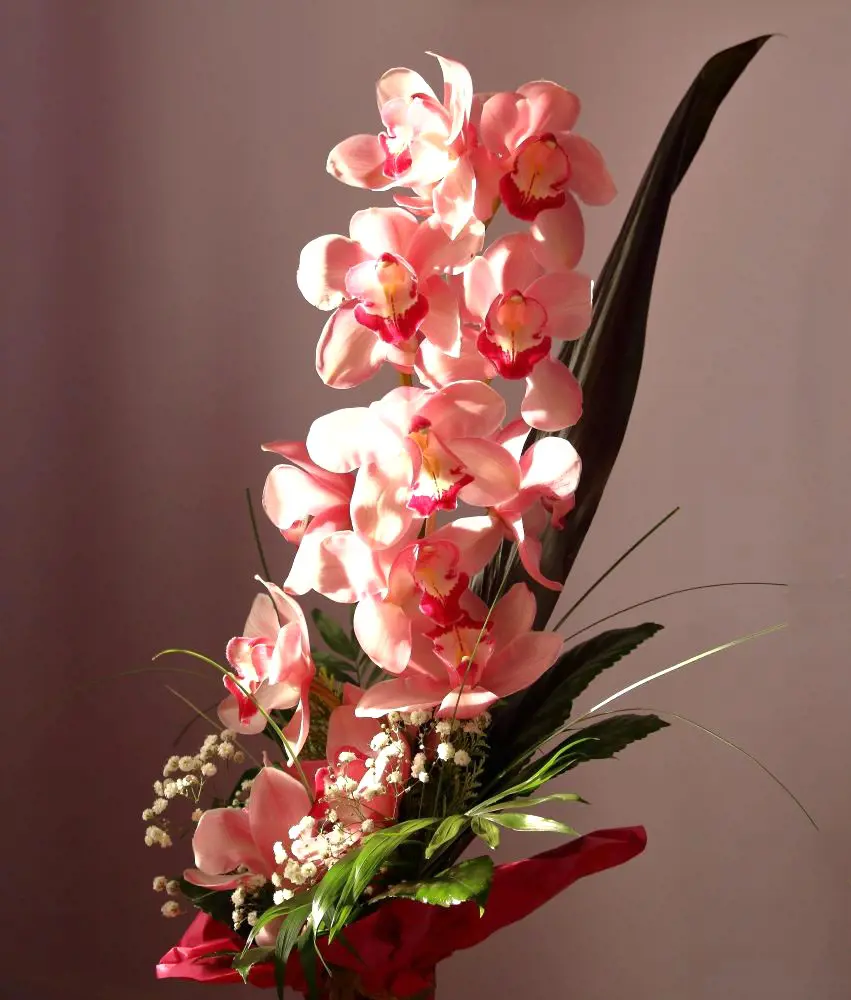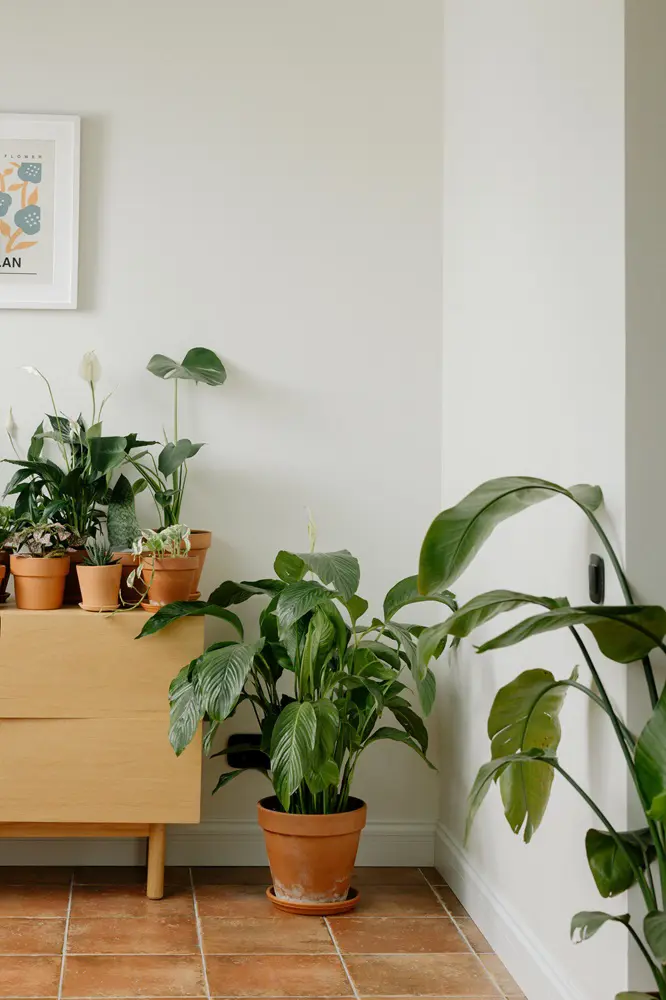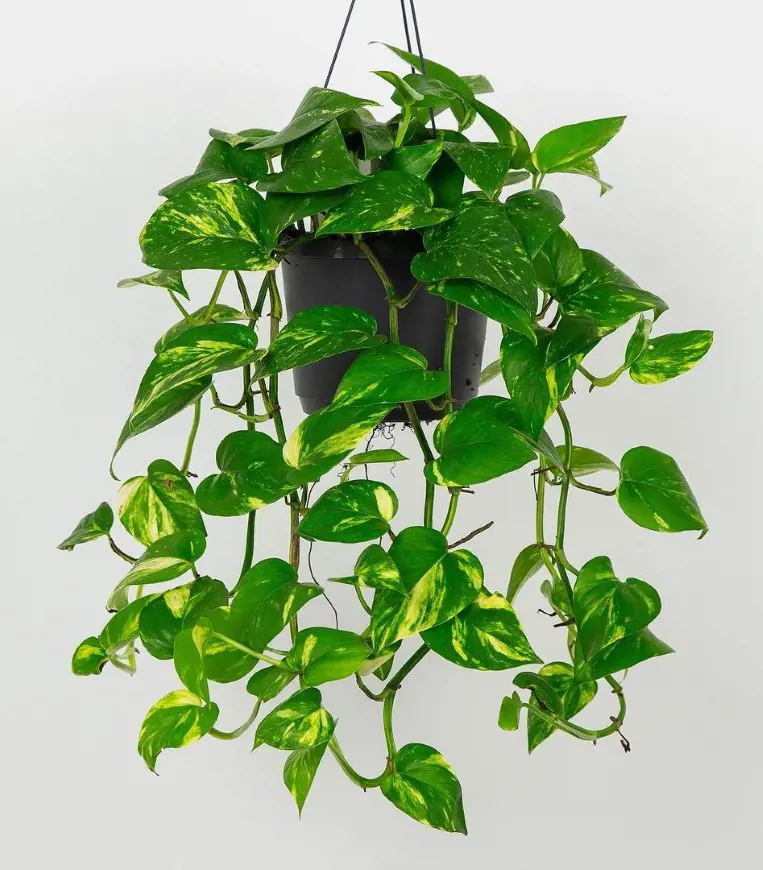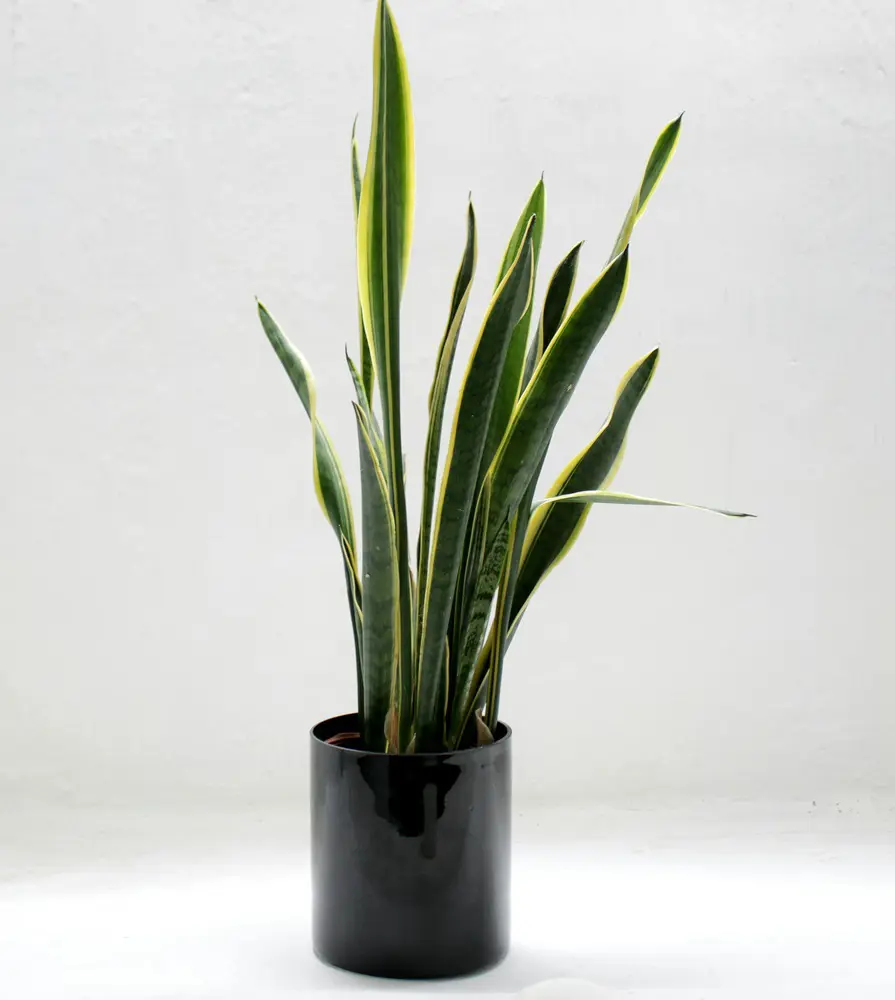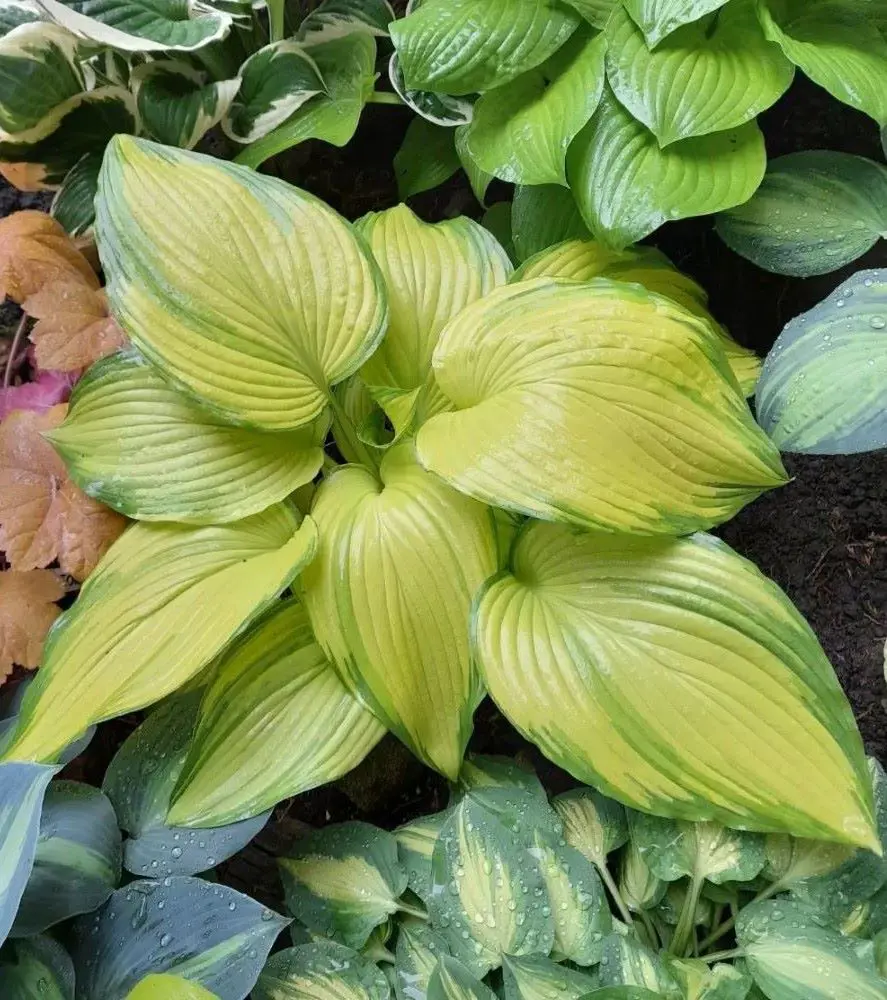How To Care For Hydrangeas

This post may contain affiliate links. If you make a purchase through links on our site, we may earn a commission.
Hydrangea flowers are known for their large, showy blooms and come in a variety of shapes and colors. The most common types include mophead, panicle, and oakleaf hydrangeas.
Hydrangea leaves are generally broad and serrated, providing an attractive backdrop to the blooms. However, the overall appearance of hydrangea plants can vary widely, offering versatility in garden design.
1. Choose the Right Plant

Choosing the right hydrangea for your garden is like picking the perfect match. First, learn about the different types of hydrangeas, as each has its special traits. Check the weather where you live to make sure the hydrangea will be happy there. Think about how much sunlight your garden gets hydrangeas like some sun in the morning and shade in the afternoon.
Make sure you have enough space in your garden for the hydrangea to grow comfortably as they are the perfect outdoor flowers for winter. Lastly, choose one that looks and feels just right for you the color, size, and how it feels should match what you like. Always read the care instructions on the plant label to keep it healthy and happy in your garden.
2. Plant The Flower In Right Location
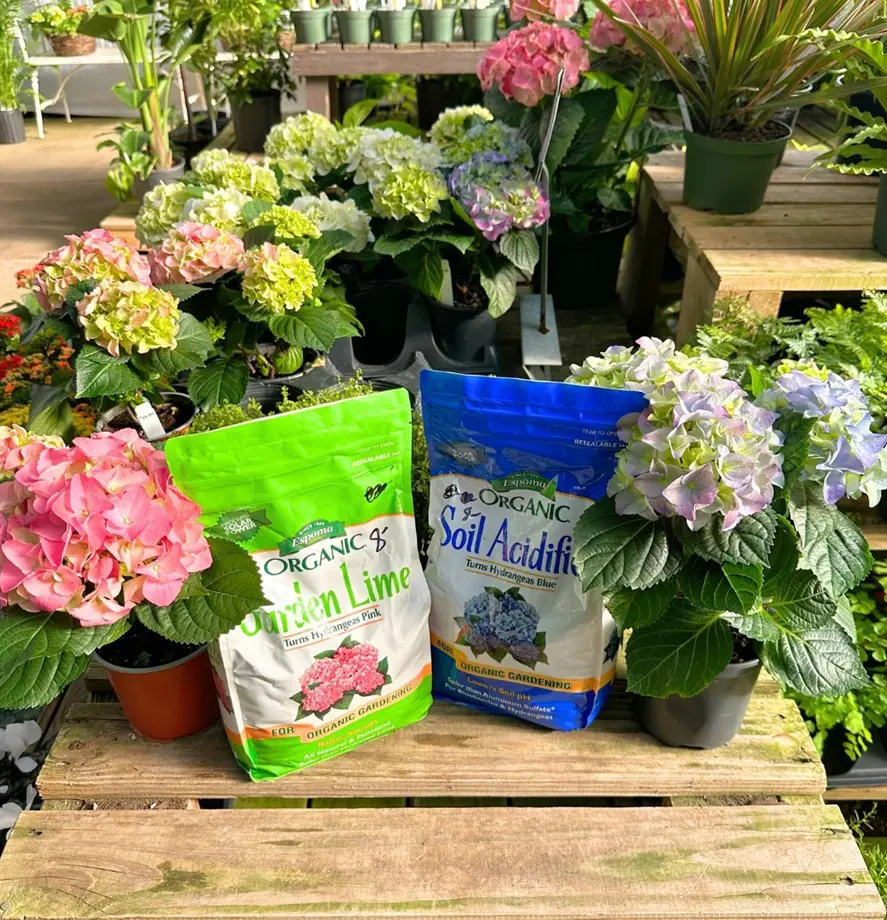
Picking the right place for your hydrangeas is super important to make sure they grow well and have beautiful flowers. They like a mix of sunlight in the morning and shade in the afternoon. Check what kind of weather is common where you live and choose hydrangeas that like that kind of weather.
Make sure to give them enough space, so they have room to grow and stay healthy. Protect them from strong winds and extreme weather. Think about how they'll look in your garden because they have big, pretty flowers. Ensure it's easy for you to take care of them by placing them where you can reach them easily. If you don't have much space, you can even plant hydrangeas in pots.
3. Provide Good Root Care
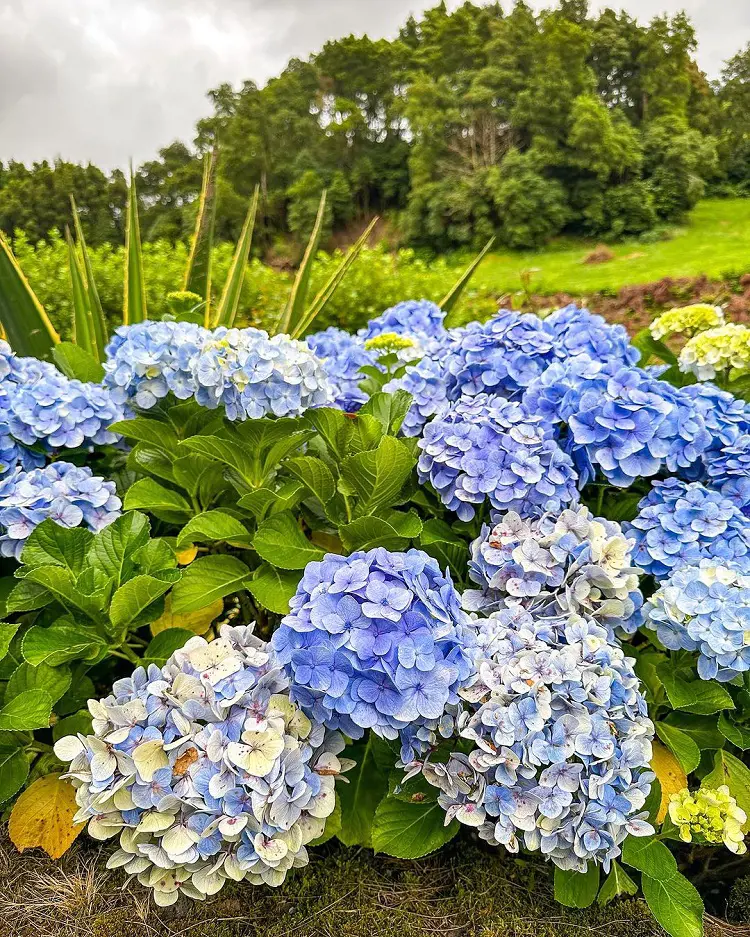
When you plant hydrangeas, make sure to put the roots in the ground at the right depth. These plants like their soil to be consistently moist, so water them well, but be careful not to make the soil too wet, as that can harm the roots. Putting a layer of mulch around the bottom of the plant helps keep the soil damp and good for the roots.
The soil should be well-drained and have lots of good stuff in it for the plant to soak up. In places where it gets really cold in the winter, it's a good idea to cover the plant's roots with mulch to protect them. If you need to move the plant to a new spot, do it when the plant is not actively growing. And always make sure the plant gets enough water, especially when it's hot outside. Taking care of the roots helps keep the hydrangea strong and happy.
4. Maintain The Quality Of The Soil
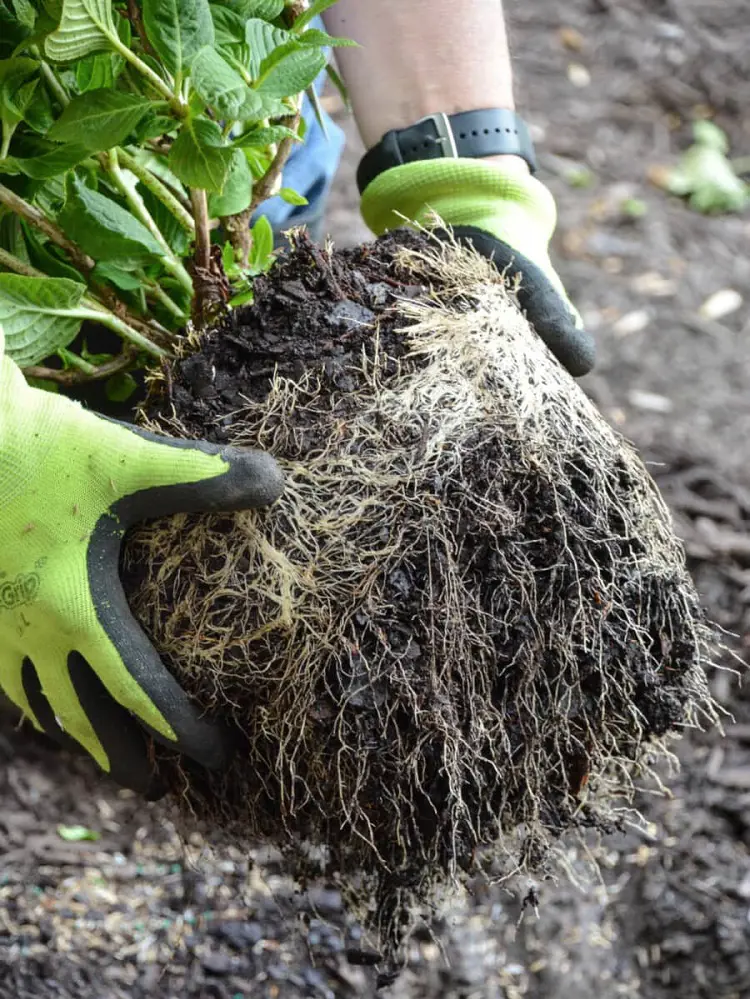
To make hydrangeas bloom throughout the year, you need to create the right kind of soil for them. They like soil that lets water drain away but still keeps some moisture. It's important not to have too much water, or the roots might get sick. The soil should be a little bit acidic to neutral, not too basic. Adding things like compost or old manure to the soil gives the hydrangeas the nutrients they need to grow well.
The soil should be loose, not packed down, so the roots can spread out. Putting some organic mulch around the bottom of the plant helps keep the soil at the right temperature and stops weeds from growing. Just be careful to keep the mulch a bit away from the plant's stem to avoid problems. Checking the soil and making sure it has the right amount of water helps keep the hydrangeas healthy and colorful.
5. Watering The Hydrangeas
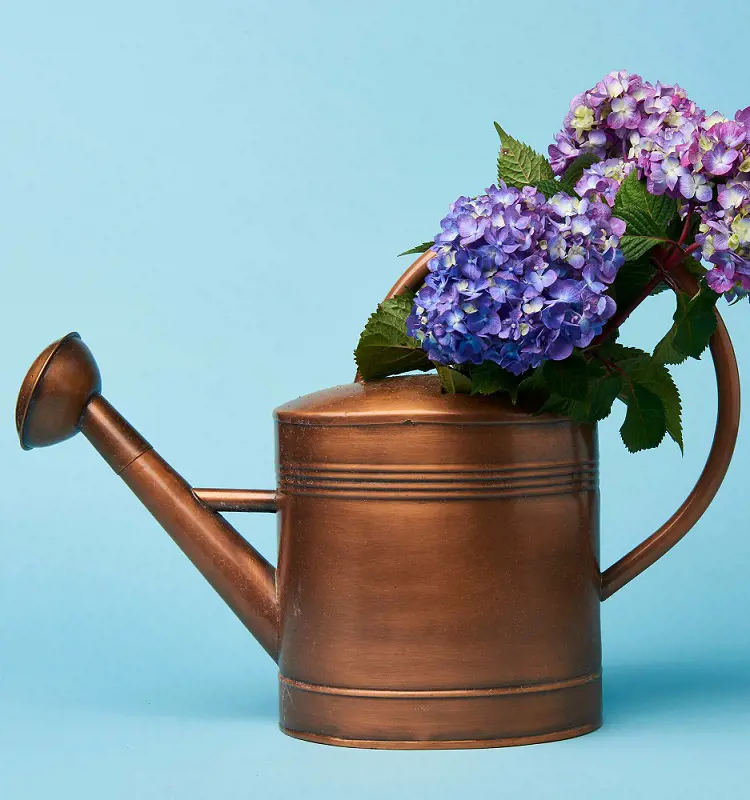
Giving water to hydrangeas is super important because they really need it to stay healthy. The roots of these plants are not very deep, so they need a steady supply of water to grow well and take in nutrients. When hydrangeas get enough water, they make more and prettier flowers. It's especially important to water them a lot when it's hot and dry outside to stop them from getting stressed, which can make them wilt and not look good.
Keeping the soil consistently damp is key, and putting mulch around the bottom of the plants helps keep the soil nice and moist. This is especially important for new hydrangeas so they can grow strong roots. While hydrangeas like a bit of water, it's also important not to give them too much or let the soil dry out completely.
6. Pruning To Keep Them Healthy
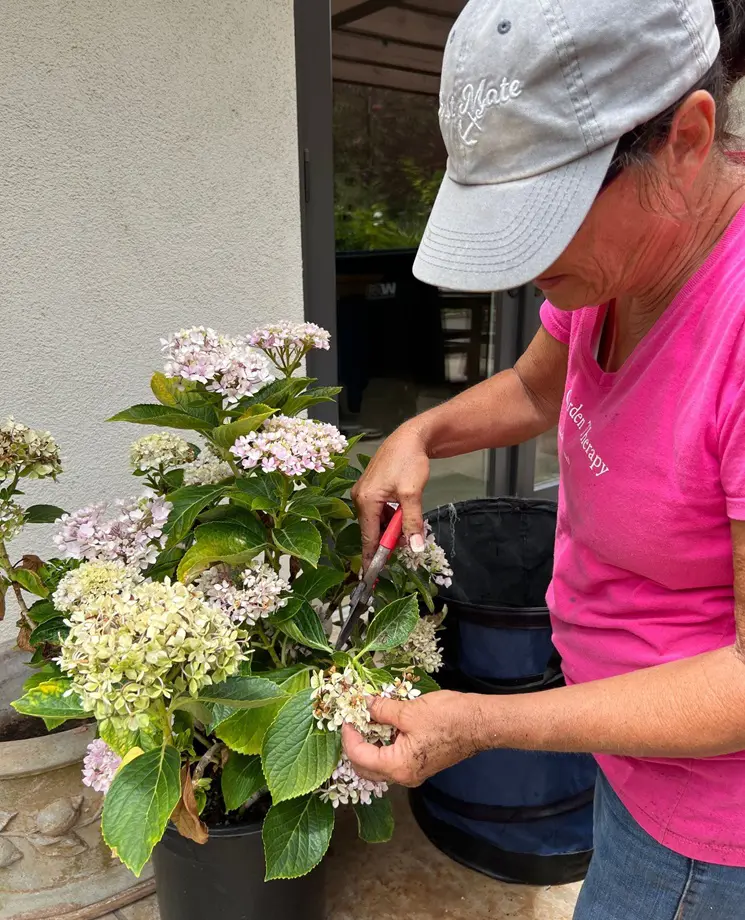
Trimming your hydrangeas is important, but when and how much depends on the type you have. Pruning, which means cutting the plant, helps it stay a good shape, gets rid of old or sick parts, and makes it grow new flowers. But be careful not to cut too much, especially for those kind that make flowers on old wood.
It's important to know when your hydrangea usually makes flowers so you don't accidentally stop it from blooming. Always use clean and sharp tools when you trim, and don't cut too many flowers off. Taking away old flowers regularly is a good idea because it helps the plant grow new ones and keeps it looking neat.
7. Try To Color Control Of Hydrangeas
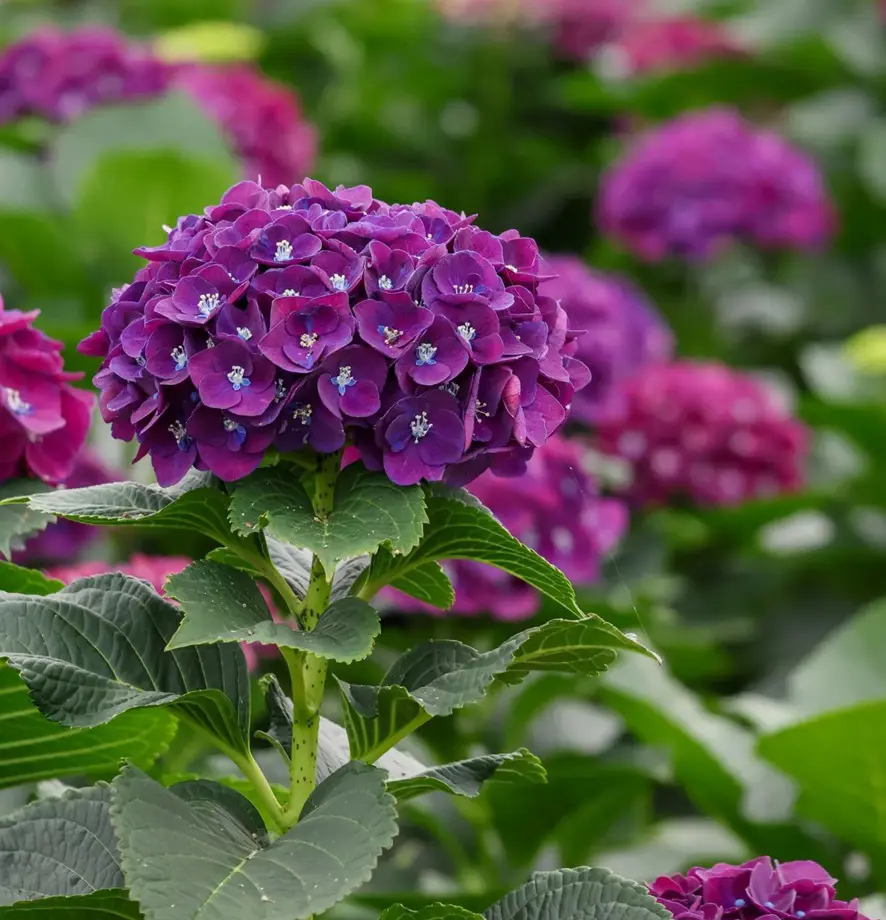
Making your hydrangeas turn into a stunning color show is like creating magic in your garden. It all starts with a bit of soil magic. Imagine your garden as a canvas, and you are the artist. To begin this plant adventure, use a simple soil test kit to find out the secret pH of your garden soil. If you want beautiful blue flowers, add things like aluminum sulfate or sulfur to make the soil a bit more sour.
For lovely pink blooms, bring in lime to make the soil a bit sweeter. Keeping the right pH needs a careful eye, especially if your soil is a bit tricky. If you're growing hydrangeas in pots, then it is easy to control the color. Just remember, not all hydrangeas react the same way to these changes, and getting the colors you want might take a bit of time.
8. Disease And Pest Prevention

To keep your hydrangeas healthy, protect them from pests and diseases. Start by choosing a good spot for them to live, where the soil can drain well, and there's enough space between each plant. Make sure the soil is nice and healthy with lots of good stuff in it. When you water them, do it at the bottom of the plants, not on the leaves, so they don't get sick.
Putting a layer of mulch around the bottom helps keep the soil just right and stops bad diseases in the soil. Trim the plants carefully, taking away any sick or dead parts, and clean your trimming tools so you don't spread diseases. Pick hydrangeas that are strong and don't get sick easily, and always keep an eye out for any problems.
9. Control Powdery Mildew
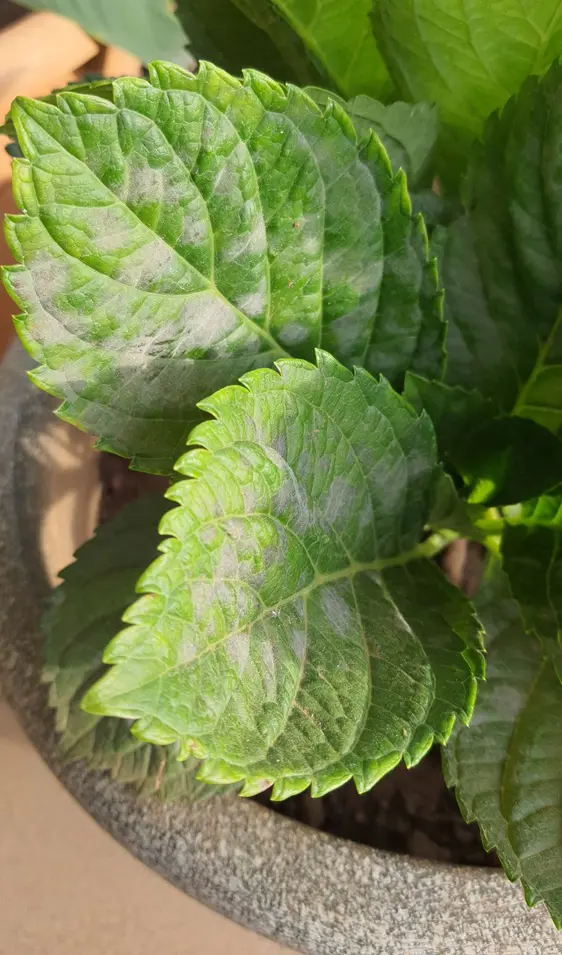
Keeping your hydrangeas safe from powdery mildew is like giving them a shield against a sneaky fungus. Choose hydrangeas that are tough and don't get sick easily. Water them in the morning, but not on their leaves, so they can dry out during the day. Look out for any white spots on the leaves, a sign of powdery mildew, and quickly take away any sick leaves.
Trim your hydrangeas carefully to let in more air and sunlight, making it hard for powdery mildew to grow. If you want extra protection, you can use special plant medicine, like ones with sulfur or neem oil, but make sure to follow the instructions. Even a homemade spray with baking soda can help keep the fungus away.
10. Support For Taller Varieties
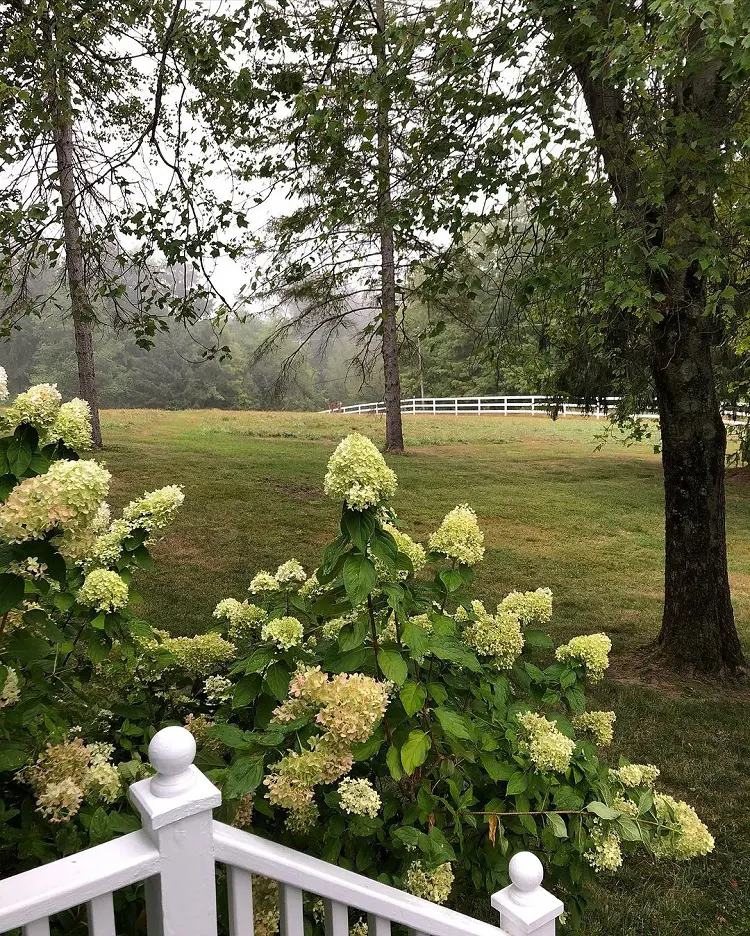
Helping tall hydrangea plants stand up straight and look good is important. Some hydrangeas, especially the ones with big flowers, might bend or break because they are so tall. To fix this, you can use different methods. You can put sticks in the ground around the hydrangea and tie the stems gently to them for support.
Trimming the plant a bit and using special supports from the store can also help. Planting hydrangeas close to something like a fence can be like a natural support. Putting a layer of mulch around the bottom of the plant helps keep the soil stable. Checking regularly to make sure the supports are doing their job is important. These ways of helping tall hydrangeas not only keep them safe from harm but also make sure they look their best in the garden.
11. Beat The Heat

To keep your hydrangeas healthy in hot weather, you need to give them some special care. Hydrangeas love to drink a lot of water, especially when it's hot outside, so make sure to water them well, but not on their leaves. Putting a special blanket around the bottom of the hydrangea, called mulch, helps keep the soil nice and wet and protects its roots from too much heat.
Watering in the morning is like giving them a refreshing drink to start the day. If it's too sunny and hot, it's like giving them some shade by using something like a big umbrella. Keep an eye on them, and if they look sad, you can change their care routine to make them feel better.
12. Introduce Natural Predators
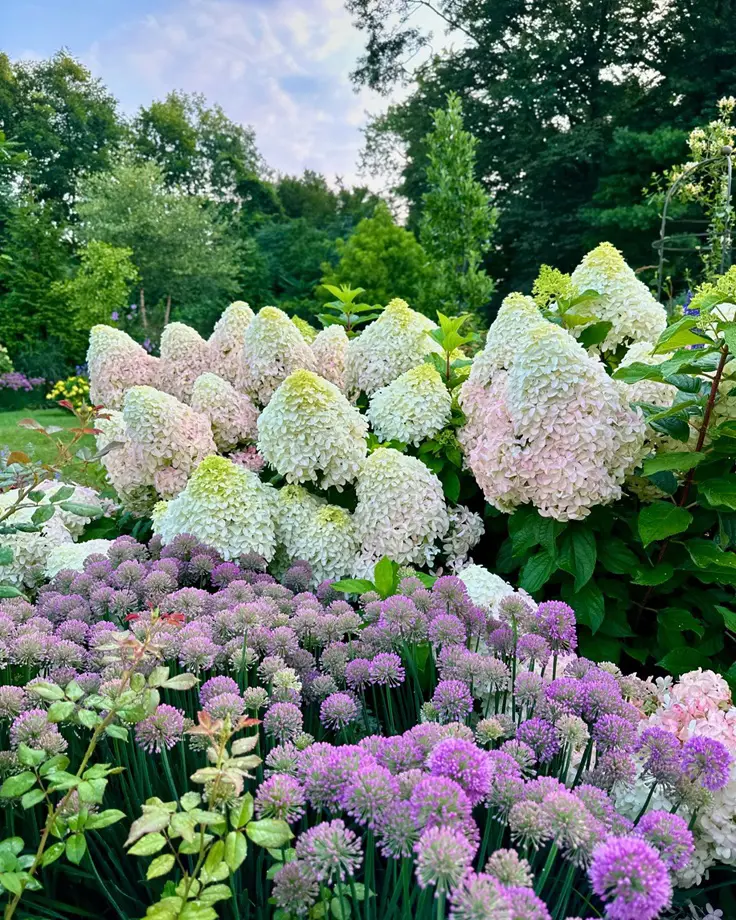
Introducing natural predators to your garden can be an effective and environmentally friendly way to control pests that may affect hydrangea flowers. Natural predators are beneficial insects that prey on harmful pests, helping to keep their populations in check. Examples of natural predators for hydrangeas include ladybugs, lacewings, predatory beetles, and parasitic wasps.
These beneficial insects not only contribute to the overall health of your garden ecosystem but also specifically target pests that may harm hydrangea plants. To attract and support these natural predators, avoid the use of broad-spectrum pesticides that can harm both harmful and beneficial insects. Additionally, providing a diverse and pesticide-free environment with a variety of plants and flowers encourages the presence of natural predators.
Recent posts
Plant Care
Plant Care
How To Take Care Of An Orchid Plant? 11 Tips And Tricks
If you love gorgeous orchids but are worried they're too high-maintenance, don't worry. This guide is like a cheat sheet for orchid newbies. Forget fancy words and confusing schedules — we're talking about how to take care of an orchid pla...
Plant Care
How To Grow and Care For Peace Lily Plant
The Peace Lily is an indoor plant that is most valued for its beautiful and shiny green leaves as well as the white blooms. Hard and tolerant, it’s naturally a low-maintenance addition to your plant collection. If you are confused, let us tell ...
Plant Care
Pothos Plant Care And Growing Guide
Adding a Pothos plant (Devil’s Ivy) to your home benefits the environment and aesthetic of your personal space. It's easy to maintain and is loved for it's ability to enhance indoor air quality by removing toxins like formaldehyde, benzene, and...
Plant Care
Snake Plant Care and Growing Guide
Snake plants require low maintenance, and low light and are almost impossible to kill, making them a perfect plant for beginners and seasoned gardeners. In this guide, we will explore essential care tips and optimal growing conditions for snake plant...
Plant Care
How To Plant, Grow and Care Majesty Palm
The majestic palm, scientifically known as Ravenea rivularis, makes for a stunning indoor tree with its lush and grand fronds. Originating from Madagascar's river banks, this resilient houseplant is cherished not only for its beauty but also for its ...
Plant Care
How To Grow And Care For A Hosta Plant
Hosta plants are widespread perennials, often grown for their beautiful and diverse foliage. They are extremely easy to care for and can thrive in various conditions, particularly shade or semi-shade. These hardy plants can last for many years and re...
